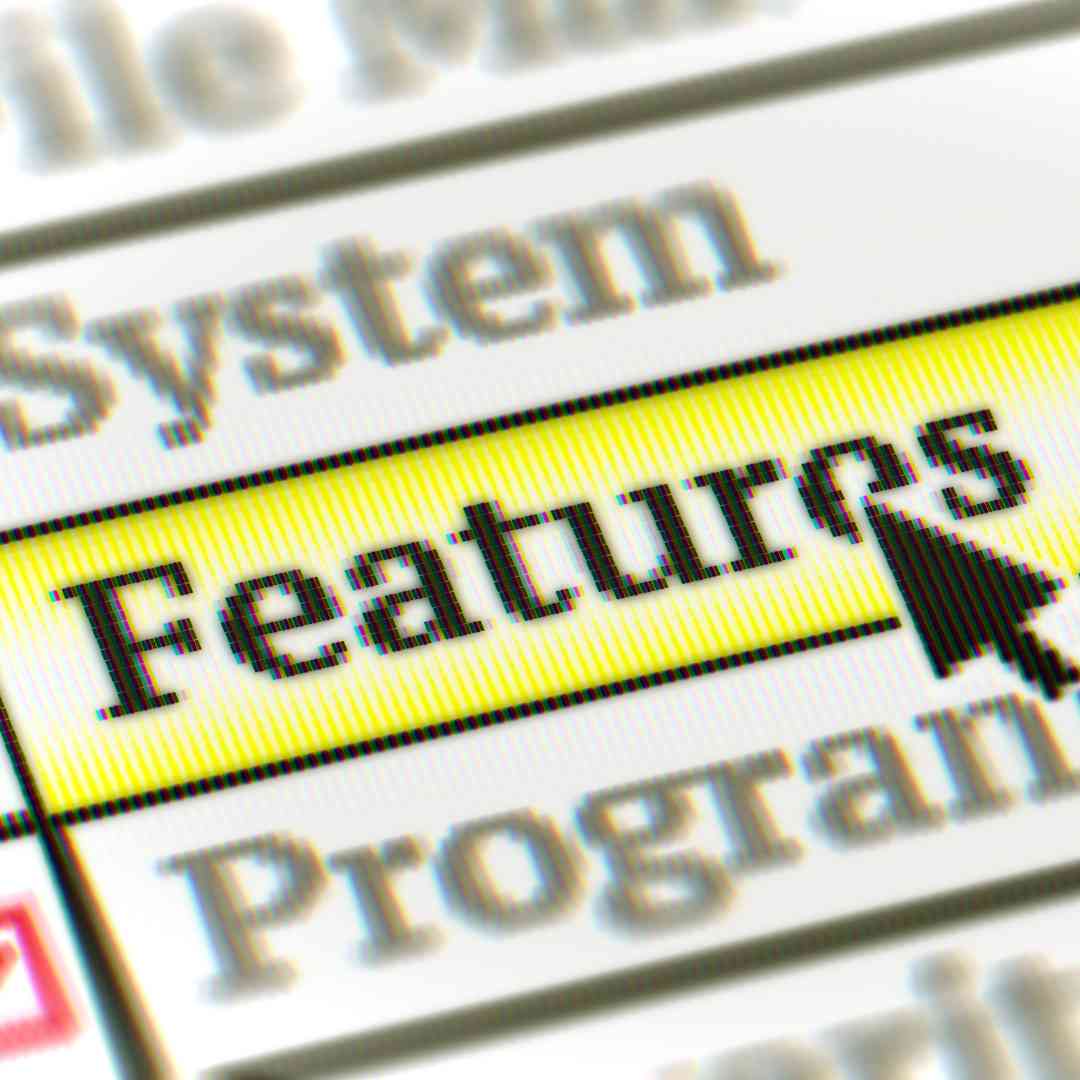Top Features for Paratransit Scheduling Software: Enhancing Accessibility and Efficiency

Paratransit services are a lifeline for individuals with disabilities, ensuring they have access to transportation for medical appointments, work, education, and other essential activities. To operate these services effectively, paratransit providers rely on scheduling software that streamlines operations, optimizes routes, and improves the overall passenger experience. In this article, we will explore the top five features that are essential for paratransit scheduling software, enabling providers to offer efficient and accessible transportation solutions.
- Real-Time Scheduling and Dispatch
Real-time scheduling and dispatch capabilities are fundamental for paratransit scheduling software. This feature allows providers to respond dynamically to scheduling changes, ensuring that passengers receive timely transportation services, even in unforeseen circumstances.
Key components of real-time scheduling and dispatch include:
- Dynamic Re-routing: The software can automatically adjust routes and schedules in response to new bookings, cancellations, or unexpected delays, such as traffic or adverse weather conditions.
- Live Vehicle Tracking: Real-time GPS tracking enables dispatchers to monitor the exact location of each vehicle in the fleet. This information is crucial for estimating arrival times accurately and responding to emergencies.
- Communication Tools: The software should facilitate seamless communication between dispatchers, drivers, and passengers, allowing for quick updates and notifications regarding trip status and changes.
- Automated Alerts: The system can generate automated alerts and notifications to inform passengers of upcoming trips, driver arrivals, and any relevant updates.
- Passenger Accessibility Features
Ensuring that scheduling software is accessible to passengers with disabilities is of utmost importance. Paratransit providers must offer booking options that cater to diverse needs, including those of individuals with mobility, visual, or hearing impairments.
Key accessibility features include:
- Accessible Booking Platforms: Scheduling software should be available on various platforms, including websites and mobile apps, with features like voice commands, screen readers, and compatibility with assistive technologies.
- Alternative Booking Methods: For passengers who may not have internet access, the software should offer alternative booking methods, such as phone-based reservation systems with interactive voice response (IVR) capabilities.
- Multilingual Support: The software should provide support for multiple languages to accommodate passengers with different language preferences or those with limited English proficiency.
- Route Optimization and Efficiency
Efficient route optimization is crucial for paratransit providers, as it helps minimize travel time, reduce fuel consumption, and enhance overall service efficiency. The scheduling software should have the following features:
- Automated Routing Algorithms: Advanced algorithms can calculate the most efficient routes for each trip, considering factors like traffic, distance, and passenger pickup and drop-off locations.
- Load Balancing: The software should balance vehicle loads by optimizing routes to ensure that vehicles are used efficiently and that passengers reach their destinations promptly.
- Scheduled Time Windows: Time windows for pickups and drop-offs help optimize routes by ensuring that passengers are picked up within specified time frames, preventing unnecessary delays.
- Comprehensive Reporting and Analytics
Data is a valuable resource for paratransit providers, allowing them to assess performance, make informed decisions, and identify areas for improvement. The scheduling software should offer robust reporting and analytics features, including:
- Trip Analysis: Detailed trip reports, including passenger demographics, trip duration, and wait times, help providers understand their clientele and improve service quality.
- Vehicle Utilization: Reports on vehicle usage, including occupancy rates and mileage, assist providers in optimizing their fleet and identifying cost-saving opportunities.
- Compliance Tracking: Monitoring compliance with regulations and service level agreements ensures that providers meet the standards set by government authorities and funding agencies.
- Automated Fare Collection and Billing
Efficient fare collection and billing processes are essential for both paratransit providers and passengers. The scheduling software should offer automated fare collection features to streamline payment and invoicing procedures.
Key components of automated fare collection include:
- Electronic Payments: The software should support various electronic payment methods, including credit cards, mobile wallets, and prepaid fare cards, to accommodate passengers’ preferences.
- Fare Calculation: Automated fare calculation ensures accurate pricing based on trip distance, service type, and any applicable discounts or subsidies.
- Invoicing and Reporting: The system should generate invoices and detailed trip reports, simplifying financial management and auditing processes for providers.
Conclusion
Paratransit scheduling software plays a pivotal role in ensuring accessible, efficient, and reliable transportation for individuals with disabilities. By incorporating real-time scheduling and dispatch, passenger accessibility features, route optimization, comprehensive reporting and analytics, and automated fare collection and billing, providers can offer a high-quality service that meets the diverse needs of their passengers while improving operational efficiency. Investing in software with these essential features empowers paratransit providers to fulfill their mission of providing accessible transportation options to those who need them most.
Empower communities with accessible transportation! Book a demo and learn how our software revolutionizes scheduling for the elderly and special needs individuals
ABOUT THE AUTHOR
MIKE B.
Mike is a seasoned transportation consultant and technology advocate. Drawing from years of experience in the transportation industry, Mike bridges the gap between innovative software solutions and practical implementation strategies. Her articles focus on the transformative power of software for organizations that deliver transportation options for the elderly, special needs and disabled communities. Outside his writing endeavors, Mike enjoys exploring the landscapes of Costa Rica and advocating for sustainable transportation initiatives.
Recent Comments